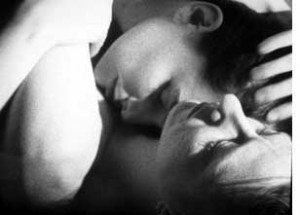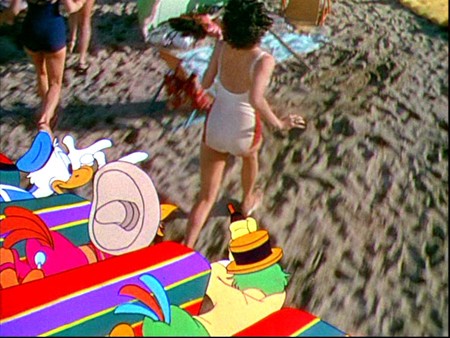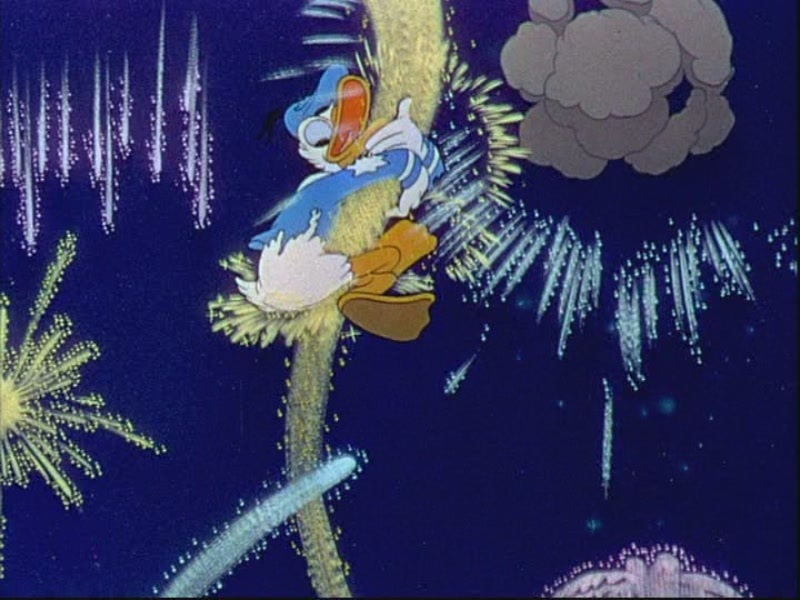Go Fish
From the Chicago Reader (July 1, 1994). — J.R.
One of the delightful things about Rose Troche’s stylish, low-budget, filmed-in-Chicago black-and-white lesbian comedy is that its characters all register as real people, even when bits of the dialogue are stiff or some of the lip sync is off; this isn’t a movie about lesbians, it’s a movie about these lesbians, and we’re likely to think of them afterward as if they were people we knew. As in the better American underground movies of the 60s, which this sometimes resembles, the youthfulness and the footloose free spirit — evident in everything from the performances and Ann T. Rossetti’s shooting style to Brendan Dolan and Jennifer Sharpe’s jazz score and the breezy rhythmic stretches bridging narrative sequences — keep things bouncing along like a clear spring day. (And though the characters themselves vary in age, there’s a clear note of shared adolescent braggadocio in the way that sex and romance here become real only after they’re talked about and described.) Written as well as produced by Troche in collaboration with Guinevere Turner, the younger of the two romantic leads (the other is V.S. Brodie), this movie dives into fantasy and stylized internal monologues with the same aplomb it brings to the buildup to a hot date. Read more



